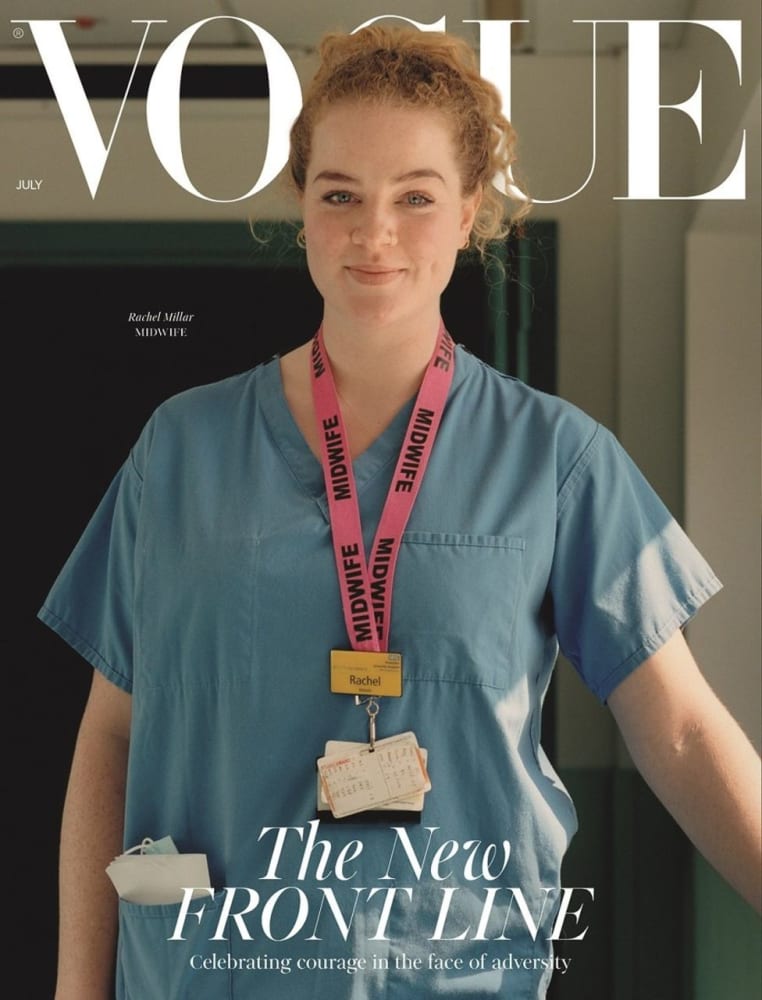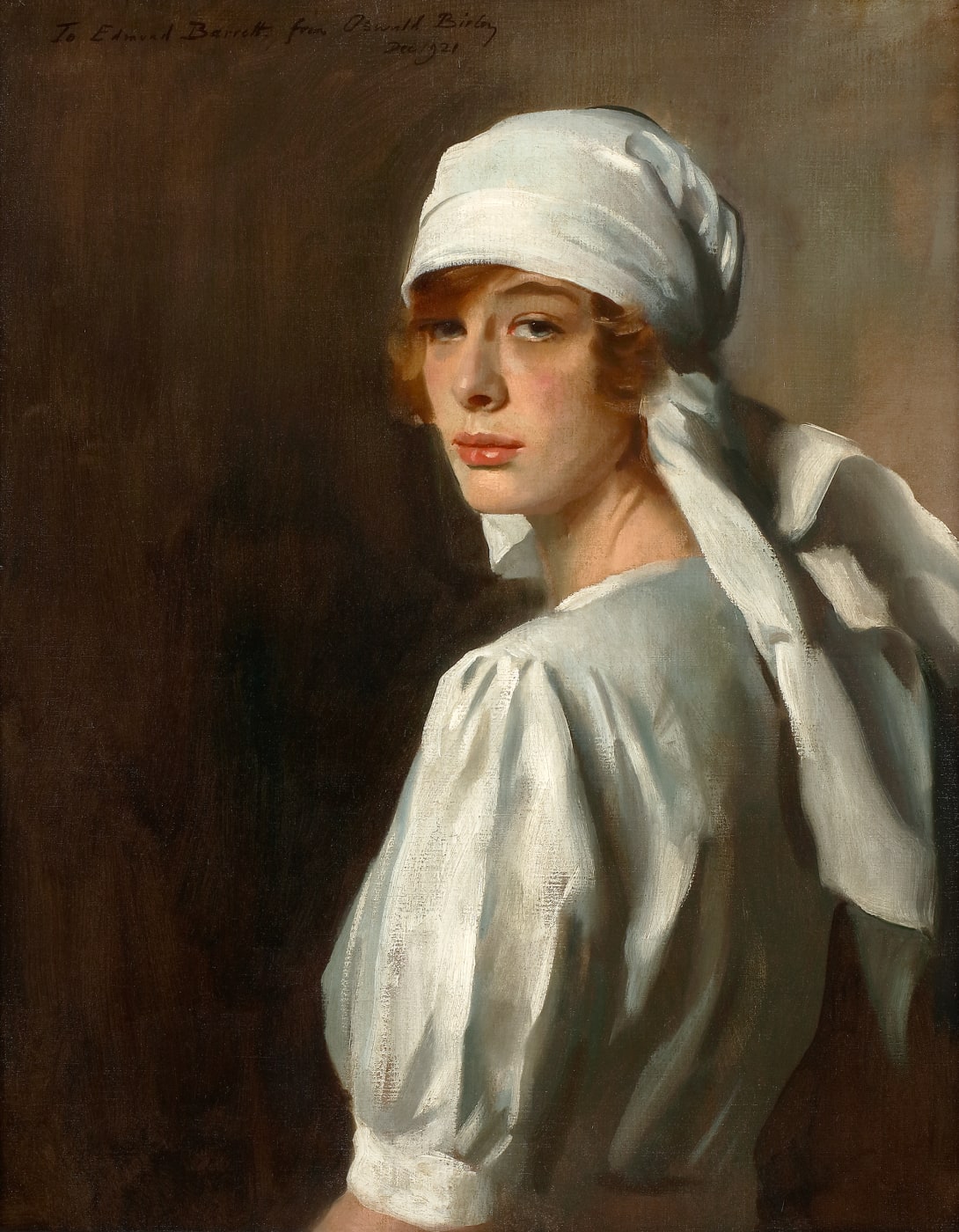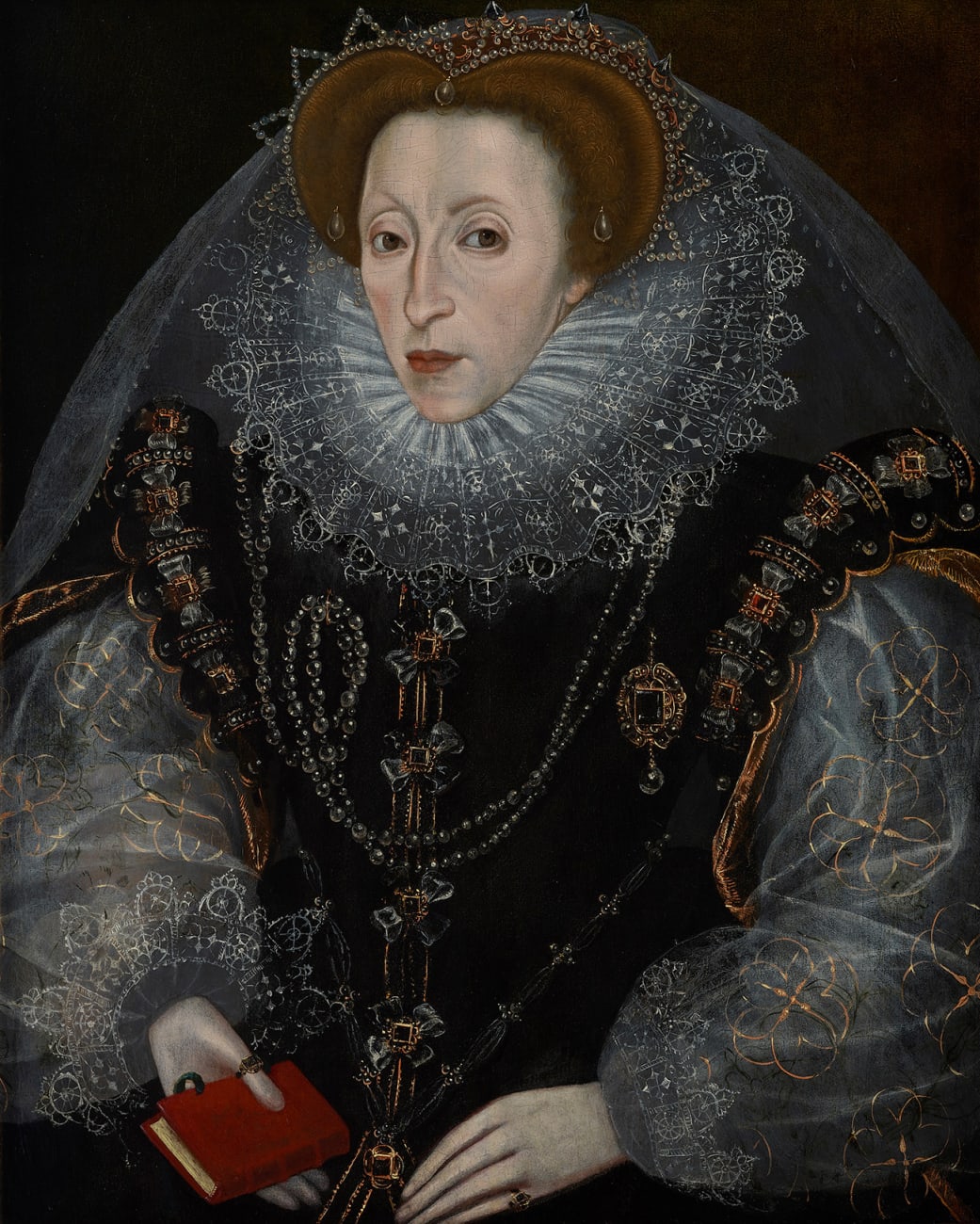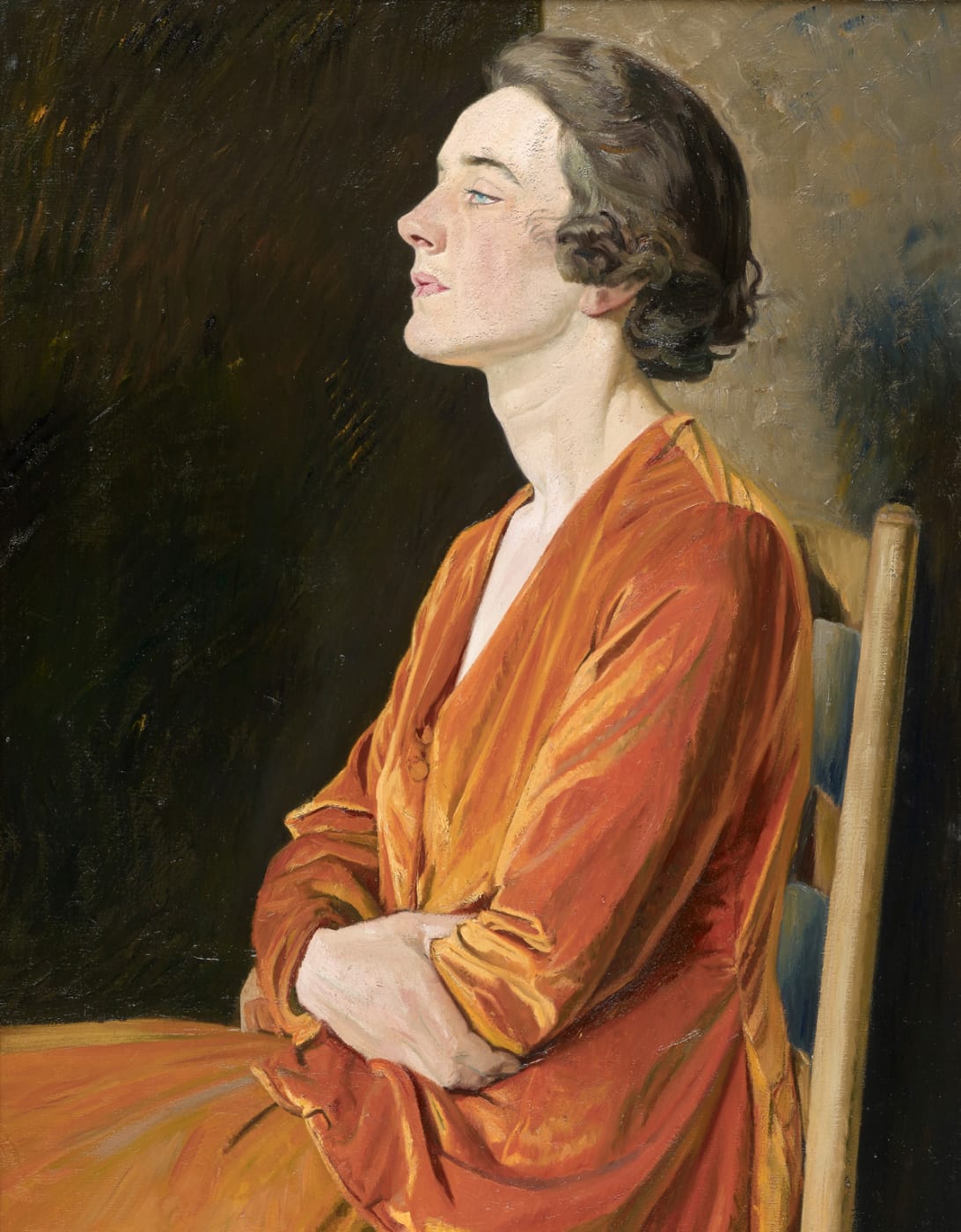
© Jamie Hawkesworth
Given the current climate and the spotlight under which nurses and healthcare workers find themselves, in the wake of the coronavirus pandemic, how do we look at images of nurses from, say, 100 years ago? And how does one paint one's heroes?
This July, for the first time in history, the cover of British Vogue features a midwife, a train driver and a supermarket worker. Of course, the last few months have posed unthinkable challenges for all of us, but these covers serve to acknowledge those essential individuals who have risen to the 'call of duty' and demonstrated extraordinary strength and compassion in the face of Covid-19. Over the last few months it appears that, whilst a 'new normal' was established, the British public also experienced a collective shift in its national value system, with a newfound appreciation afforded to those who have served us during this time of immense need, particularly healthcare workers across the country.
Just prior to the breakout of the pandemic, Philip Mould & Company made an exciting acquisition from America: Oswald Birley's portrait of Margaret Elizabeth Barrett (1903-1980), or as we have come to affectionately call her, 'the Nurse'. The charming story behind this work is revealed in the inscription in the top left-hand corner of the canvas: "To Edmond Barrett from Oswald Birley / Dec 1921". The portrait of the 18-year-old nurse was painted two years after Birley retired from a long and successful career in the army at the age of 41. He had travelled to America in the quest for artistic fame and fortune, and whilst his art consolidated his reputation as a talented and knowledgeable portrait painter, his income was insufficient to support his life in New York, including his healthcare. Having been treated by the father of the sitter, Dr. Edmond Howard Barrett (1842-1925), Birley's funds were insufficient to afford a conventional payment, so he suggested painting the doctor's portrait instead. Barrett is believed to have responded, "I am too old and ugly - paint my daughter instead!". And so our delightful and seemingly timeless image of 18-year-old Elizabeth was born.
Today, the voice of this painting seems imbued with a newfound pertinence and meaning, a resonance with our contemporary climate. Much like Rachel Millar, the 24-year-old midwife and one of Vogue's July cover stars, Margaret is depicted in her medical uniform. Stoic and unwavering in her expression, Margaret's attire emphasises her resilience through its indication of her profession and thus perseverance, implicating the value of such a corps of nurses almost 100 years ago. This sense of value has certainly not withered in significance and relevance for the contemporary viewer.
The evasion of a particular style or period, in which this portrait so subtly succeeds, denotes the image's true encapsulation of timelessness. Whilst Margaret herself feels ennobled in a manner reminiscent of Velazquez, the dark, neutral background consolidates this comparison and boasts of Birley's knowledge of old master portraiture. Frans Hals, Vermeer, and Hans Holbein the Younger are just some of the names that spring to mind upon gazing at this work. The elevation of a working woman through the artistic treatment historically granted a king, queen, or nobleman, certainly furthers the portrait's seeming ambiguity of style, as upon its contextualisation within the art historical canon, we are reminded that such ennoblement would have traditionally served as a bold painterly statement.
Two nurses, 100 years apart. It appears that visual culture has come full circle.


